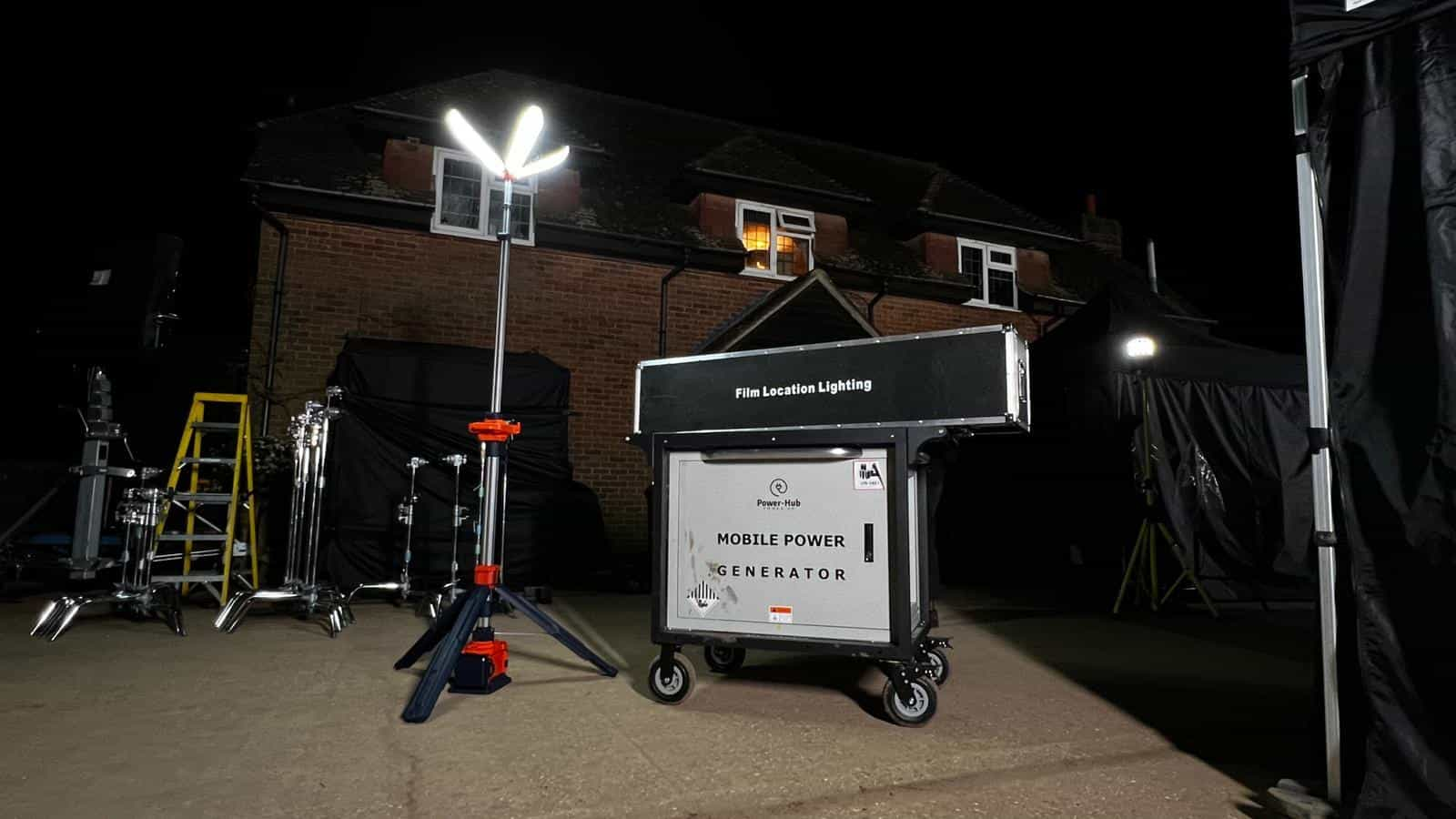
Street lighting is a crucial aspect of public infrastructure, as it ensures the safety and security of people and property during the night. Two popular options for street lighting are solar street lights and traditional street lights. In this article, we will compare the costs of these two lighting systems to help you make an informed decision.
Traditional street lights are powered by grid electricity and have been in use for many years. They consist of a lamp, wiring, and a transformer that convert the incoming electrical power into the right voltage and current to power the lamp. The main advantage of traditional street lights is that they are always available and do not require a battery.
However, traditional street lights are also the more expensive option. The installation of these lights can be quite costly, especially if the area is not already connected to the electrical grid. Additionally, the ongoing cost of electricity to power the lights is significant. This cost can be even higher if the lights are left on 24/7, as they typically are.
Solar street lights are powered by solar panels, which convert the sun's energy into electrical energy that is stored in a battery. When the sun goes down, the battery powers the street light. Solar street lights are a more cost-effective solution for street lighting, as they do not require a connection to the electrical grid. This eliminates the cost of trenching and installation, as well as the ongoing cost of electricity.
Another advantage of solar street lights is that they are easy to install and maintain. Unlike traditional street lights, which require a qualified electrician for installation, solar street lights can be installed by anyone with basic handyman skills. Maintenance is also minimal, as the lights only need to be cleaned occasionally to ensure they are receiving enough sunlight.
The main disadvantage of solar street lights is that they require a battery, which must be replaced periodically. However, this cost is offset by the lack of ongoing electricity costs. Additionally, solar street lights are a more environmentally friendly option, as they do not contribute to the generation of greenhouse gases.
The cost of traditional street lights varies greatly depending on the type of light and the area in which it is being installed. On average, the cost of traditional street lights is around $2,000 to $5,000 per light, not including installation costs.
In contrast, the cost of solar street lights is significantly lower. On average, the cost of solar street lights is around $1,000 to $2,500 per light, including installation. Additionally, the ongoing cost of electricity is eliminated, which saves money in the long run.
Solar street lights are a cost-effective solution for street lighting. While they do require a battery, the cost is offset by the lack of ongoing electricity costs and the ease of installation and maintenance. Additionally, solar street lights are a more environmentally friendly option, which is becoming increasingly important. If you are looking to install street lights, consider solar street lights as a cost-effective and environmentally friendly option.

